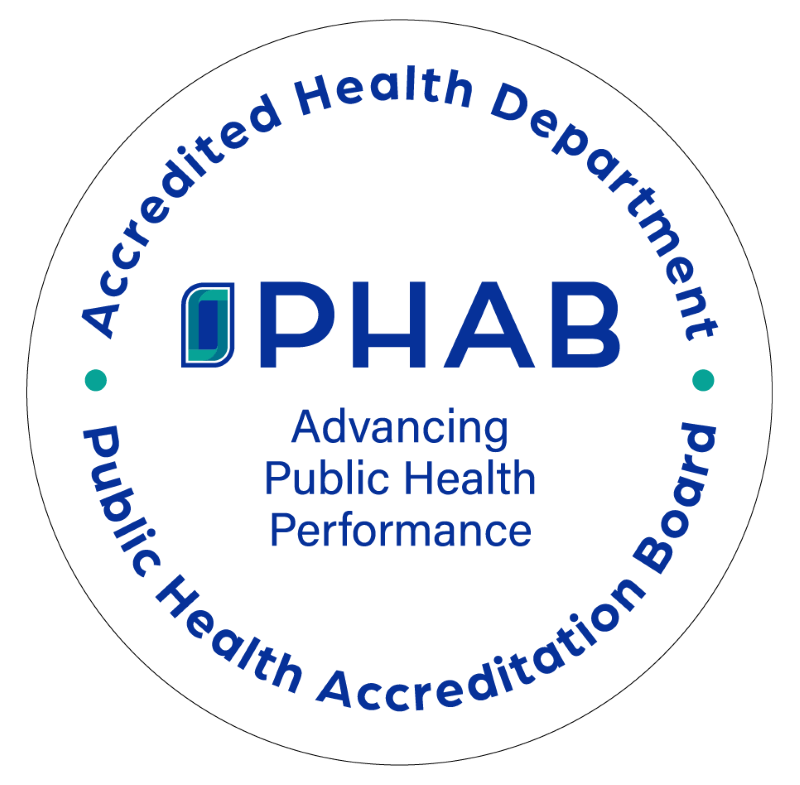Stay Healthy…Wash Your Hands!
Handwashing is like a "do-it-yourself" vaccine—it involves five simple and effective steps (Wet, Lather, Scrub, Rinse, Dry) you can take to reduce the spread of diarrheal and respiratory illness so you can stay healthy. Regular handwashing, particularly before and after certain activities, is one of the best ways to remove germs, avoid getting sick, and prevent the spread of germs to others. It's quick, it's simple, and it can keep us all from getting sick. Handwashing is a win for everyone, except the germs.
When should I wash my hands?
• When they are visibly dirty
• Before, during and after preparing food
• Before eating food
• Before and after caring for someone who is sick
• Before and after treating a cut or wound
• After using the toilet
• After changing diapers or cleaning up a child who has used the toilet
• After blowing your nose, coughing or sneezing
• After touching an animal, animal feed or animal waste
• After touching garbage
How should I wash my hands?
- It only takes 20 seconds to do-need a timer .Hum the "Happy Birthday" song from beginning to end, twice.
- Wet hands
- Lather with soap
- Scrub under nails and between fingers
- Rinse
- Use dry paper towel to turn off faucet and to open public bathroom door
What should I do if I don’t have soap and clean, running water?
Washing hands with soap and water is the best way to reduce the number of germs on them in most situations. If soap and water are not available, use an alcohol-based hand sanitizer that contains at least 60% alcohol. Alcohol-based hand sanitizers can quickly reduce the number of germs on hands in some situations, but sanitizers do not eliminate all types of germs. Hand sanitizers are not as effective when hands are visibly dirty or greasy.
How do you use hand sanitizers?
• Apply the product to the palm of one hand (read the label to learn the correct amount).
• Rub your hands together.
• Rub the product over all surfaces of your hands and fingers until your hands are dry.
Reviewed 12/01/2023


































